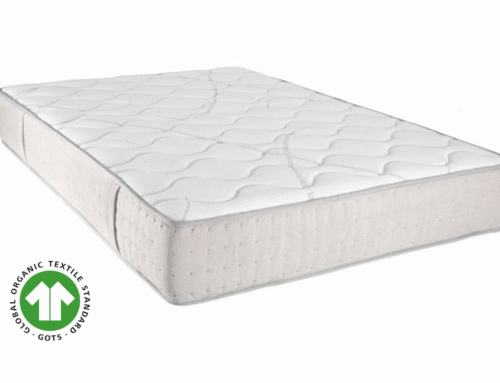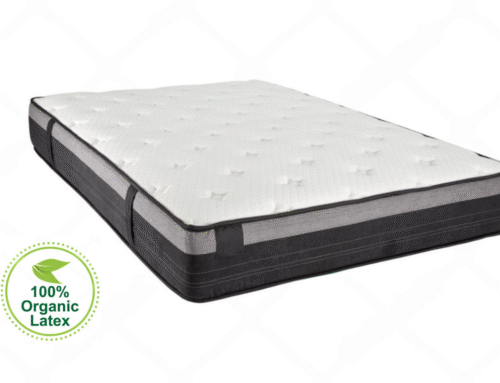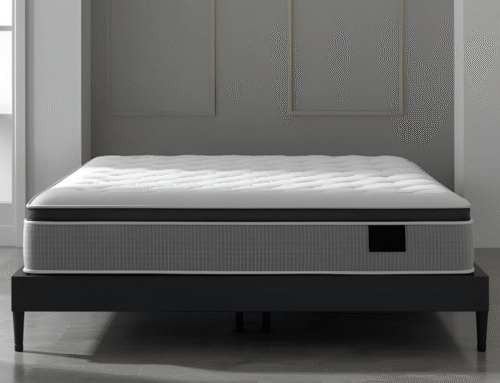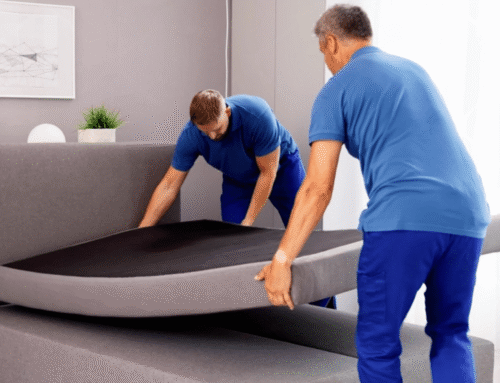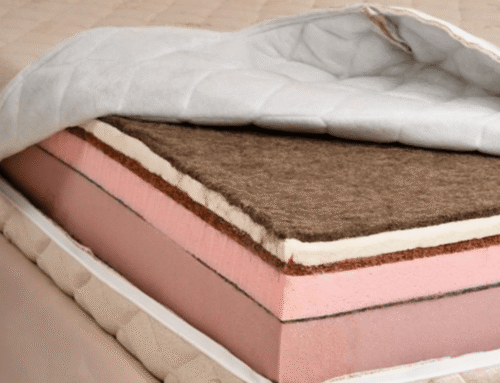Latex mattresses don’t feel the same as spring or memory foam beds. Instead of sinking in too much, the surface feels cushioned but firm. It gives the body a light lift that feels both soft and supportive. Many people describe it as bouncy without being too springy, and comfortable without that “stuck” feeling you sometimes get from memory foam.
Another reason people like latex is how quickly it responds when you move. You don’t feel trapped when changing positions during the night. Back, side, and stomach sleepers usually notice better alignment and less pressure on their shoulders, hips, and back. For many, this means waking up with fewer aches.
Latex also allows more airflow than regular foam, which helps keep the bed cooler. That’s a big deal for people who tend to overheat while sleeping. But what makes latex different is the balance it offers. It’s soft but still supportive, cushioned yet responsive. That mix is what keeps many sleepers coming back to it. It feels different from other mattresses, and that difference is what makes it appealing for people who want both comfort and durability.
Key Takeaways
- Latex mattresses provide a bouncy yet cushioned surface that supports the body without letting you sink too deeply.
- Back, side, and stomach sleepers benefit from better alignment and fewer aches because of latex’s quick responsiveness and balanced pressure relief.
- Talalay latex feels soft, airy, and cool, while Dunlop latex delivers durability and firmer support. Many mattresses combine the two for all-around comfort.
- Hot sleepers appreciate latex for its natural breathability and airflow, which helps it stay cool through the night unlike traditional foam trap heat.
- With the right care, a latex mattress can last up to 20 years, resisting sagging, maintaining bounce, and offering consistent support for decades.
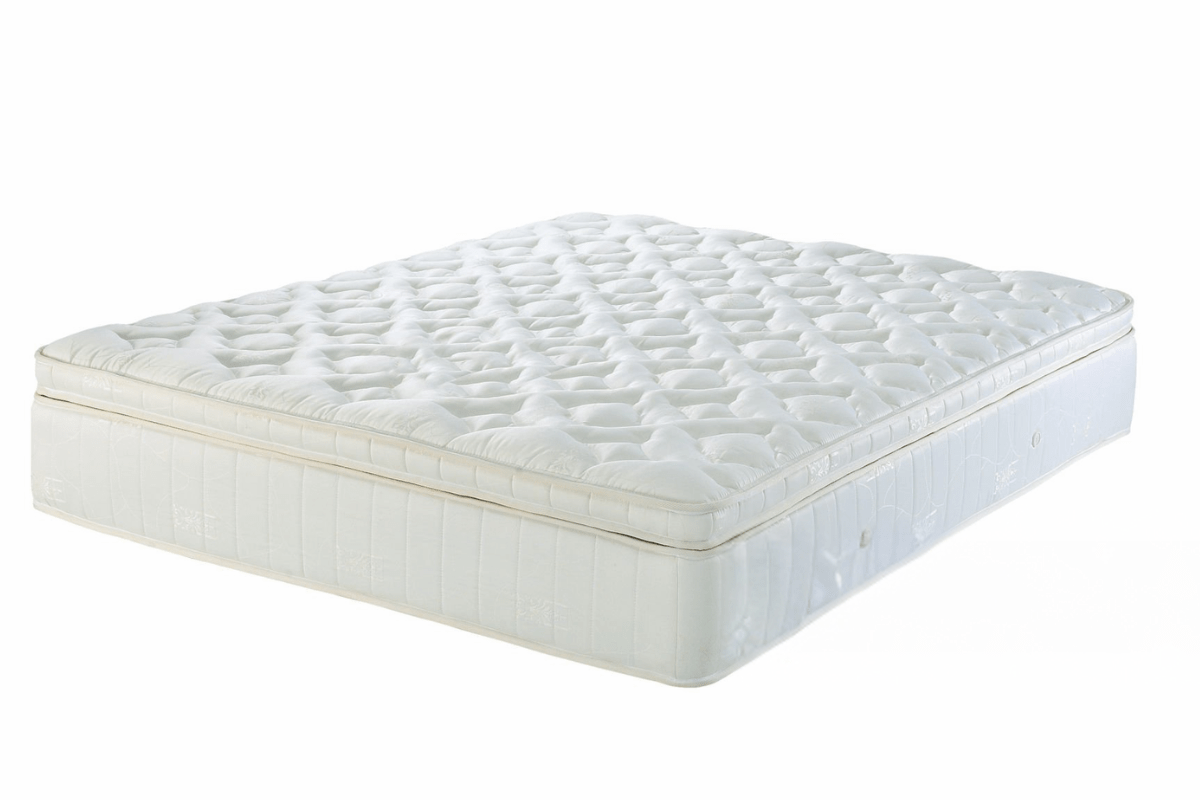
Latex Mattress Feel
Latex blends combine support and softness, and the sensation is recognizable. The surface is springy but cushioned, which conforms to the body without sinking too deeply. In contrast to memory foam, contouring does not hinder movement or create a heavy sinking feel for the product.
Because it is so resilient, latex is quick to respond to changes in weight and position. Toss-and-turners enjoy how easy it is to change positions without hindrance. The bounce is intrinsic, holding the body shape without that heavy, sinking drag of traditional foams.
Latex sleeping is generally more similar to lying “on” the bed rather than sinking deeply “in” it. That pressure relief/responsiveness balance is what provides such a light, airy sense to this kind of sleep surface. To many, it is comforting without sacrificing freedom of movement through the night, including mattress thickness, weight, firmness, softness, and adjustments to enhance comfort.
The Role Of Talalay And Dunlop Latex
Talalay latex is generally characterized as being soft, airy, and responsive. Most sleepers find it breathable, which accounts for its nighttime temperature control. It will also probably be even on the surface, so it’s a favorite for comfort layers where softness and cushioning feel is desired.
Dunlop latex, on the other hand, is denser and firmer. This material is usually employed in the support section since it is able to deliver stability and durability over the long term. There are sleepers who even employ Dunlop in the comfort layer, particularly those who prefer a firmer surface with less springy activity.
Each type of mattress performs uniquely according to preference. Talalay will generally suit those who prefer softness and air flow, while Dunlop best suits those who prefer stability and durability. Both achieve balance in support and comfort, so most mattresses combine the two to offer a better balanced sleeping experience.
Benefits Of Sleeping On Latex
Latex mattresses are often chosen by people who sleep on their side. They ease pressure on the shoulders and hips, which can help reduce soreness in the morning. The surface has some give, but it doesn’t let you sink in too deep the way softer foams do. That balance of support and comfort is what many people notice after switching.
Latex also helps keep the spine in line while you sleep. The weight of the body spreads out more evenly, which makes it easier to stay in a neutral position through the night. For couples, it can also mean fewer disruptions, since latex doesn’t carry movement as much. If your partner shifts around, you’re less likely to feel it.
Another practical benefit is that latex allows more airflow. It stays cooler than dense memory foam, which can trap heat. With normal use and proper care, a quality latex mattress can last up to twenty years. That long lifespan makes it a reliable option for anyone who wants steady support, cooler sleep, and durability in one.
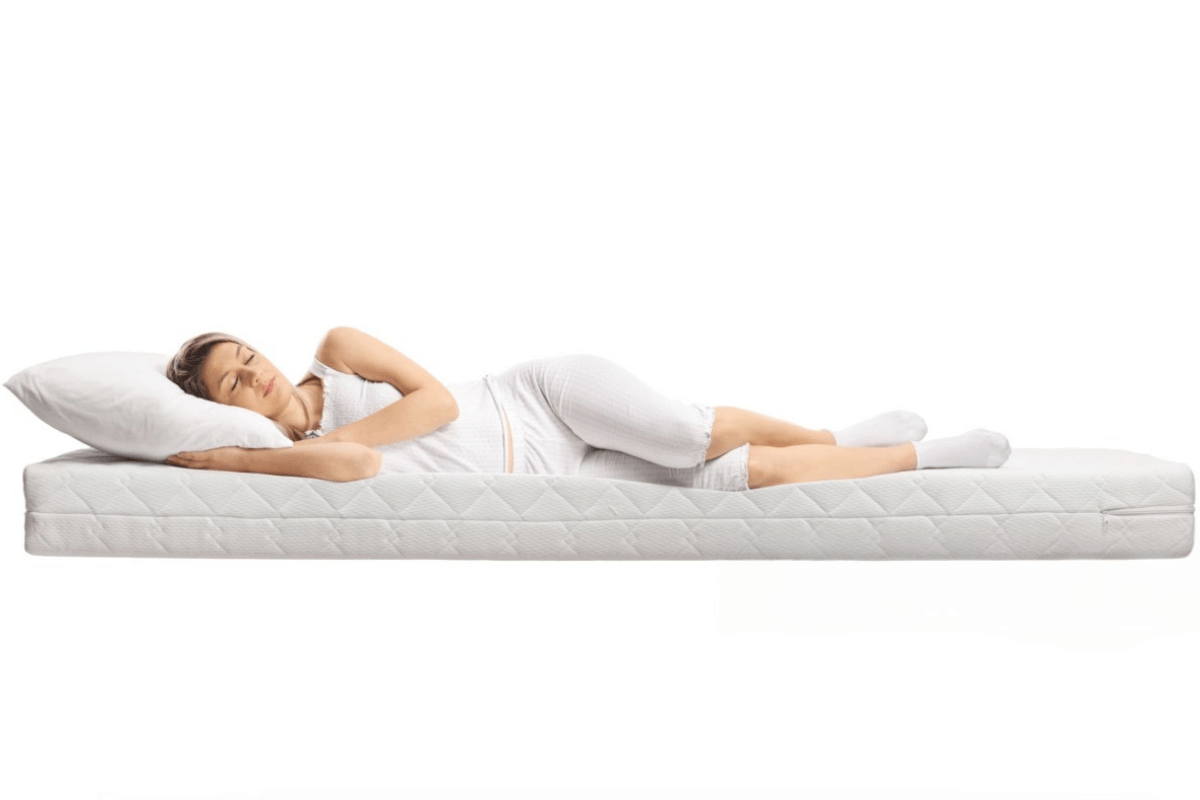
Responsive Yet Supportive
Latex mattresses are known for how they respond to pressure. When you lie down, only the spot under your body sinks in. Your shoulders or hips don’t cause the rest of the bed to move. Because of this, you feel less of your partner’s movements at night. It often leads to fewer sleep disruptions compared to other types of mattresses.
Latex also gets firmer when more pressure is applied. This helps keep your spine and body supported in a healthy position while you sleep. It’s soft enough to ease pressure points but strong enough to stop you from sinking too deep.
That balance is the main reason many people prefer latex. It gives a cushioned feel on the surface, while the layers underneath keep everything steady. The result is a bed that feels both comfortable and supportive at the same time.
Is Latex Too Firm Or Too Soft?
Latex mattresses are available in a range of firmness levels, ranging from extra-soft to extra-firm. A softer mattress will be more suitable for side sleepers who need more pressure relief, while the firmer models will be more suitable for back and stomach sleepers who prefer extra strength of support. This allows the sleepers to more closely align their comfort needs.
Most latex mattresses combine several levels of firmness into one design. A soft top can provide pressure relief, with the deeper layers offering alignment and stability. This combination is commonly utilized to produce an adequate sleeping experience that is neither too hard nor too soft.
Personal comfort is still a matter of body type and sleeping position, so there cannot be one firmness for all. Latex continues to be popular because it lasts and has an even feel that lets sleepers have choices about selecting a mattress that is firm without having to compromise on comfort down the line, and cutting a latex mattress and removing its smell can enhance its usability and freshness.
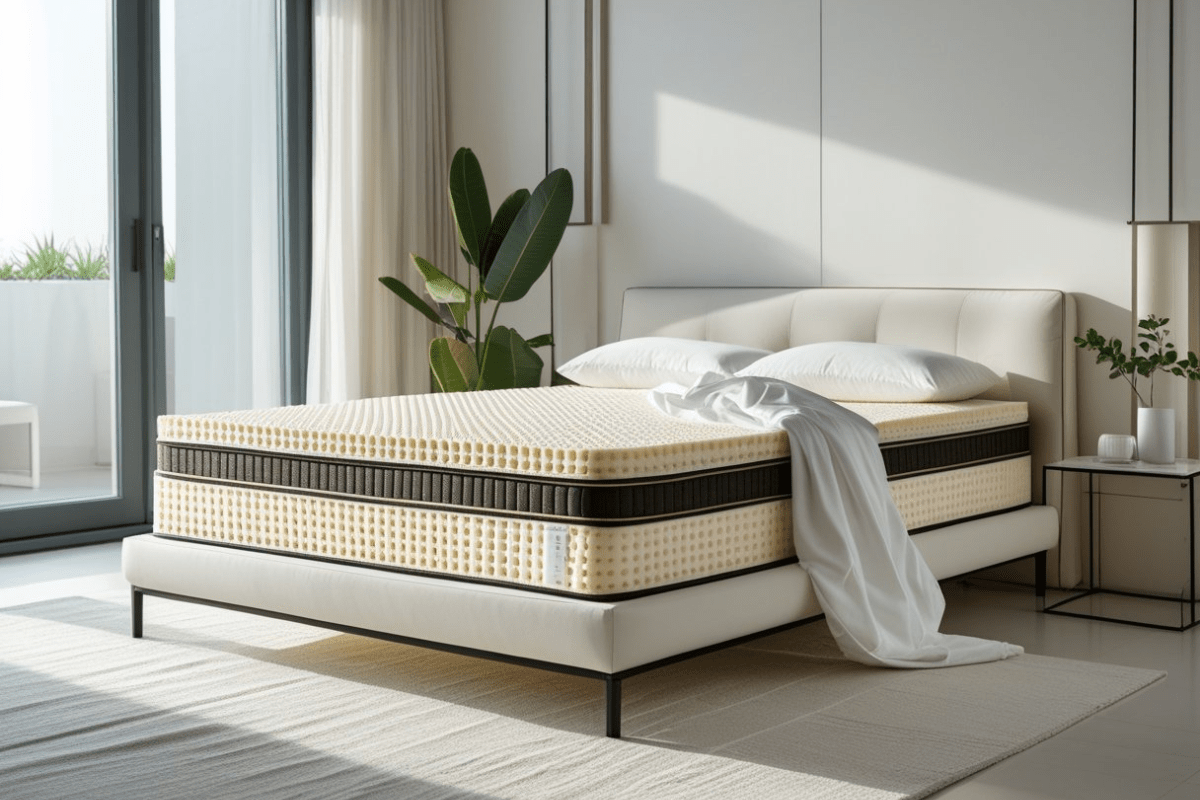
Great For Hot Sleepers
Latex is the most breathable foam, especially Talalay latex, which has an open-cell structure that allows air to pass freely through the mattress. The design is such that heat is never trapped, and the surface is cooler at night. Most like the fact that the material stays ventilated by itself.
For hot sleepers, latex is a cool choice to employ compared to standard foams. The responsiveness of the material also prevents the sinking sensation responsible for heat retention. Instead of trapping body heat, latex conforms with the movements of the sleeper such that the surface is comfortable without being overly encroaching.
Some latex is made with added cooling features, including Celsion latex, which is thermoregulatory. This adds another layer of comfort for hot sleepers who want night sweat relief consistently. Overall, latex offers a cooler, breathier sleep than much of other foam.
Latex Mattress vs. Memory Foam
For those comparing mattress types, it’s important to understand the differences between materials, so we look at both foam and latex as well as latex and memory foam together. The difference between foam and latex mattress and the difference between latex and memory foam mattress shows that both memory foam and latex relieve pressure, but the feeling on both surfaces is very different.Memory foam will slowly sink into the body with a deep hug-like feeling that most individuals describe as being hugged and cradled. While some like the deep hug and find it soothing, others find it to be constricting.
Latex is more reactive in nature and resists right away, producing a light feeling. Its rapid rebound facilitates easier turning or repositioning, something that can be particularly helpful for those who fidget and move about in their sleep. Its breathable design also permits more airflow, so it sleeps cooler than memory foam.
Those that are sensitive to temperature discover that memory foam retains more heat at night, which isn’t desirable in hotter climates. Latex prevents that by being more ventilated and having an open-cell structure. Both provide different benefits based on what one wants but comfort typically depends on whether or not an individual likes contouring or responsiveness.
How Long Does Latex Last?
A good latex mattress will easily last 20 years. Natural resistance ensures it will never sag or create permanent body impressions, and it will continue to have support year after year. Latex, in comparison to conventional foams, will last substantially longer without losing shape.
Soffer latex is highly resilient, lasting longer than polyfoam and memory foam. Regardless of how many times the product is used, it retains bounce and comfort and is reliable for years. The product is resistant to deterioration and performs well with most sleeping positions without losing integrity.
Lifespan is not sacrificed at the expense of comfort since latex continues to support but provides a soft, responsive feel. Minimal wear is experienced by the majority of users even after decades, which speaks volumes about its durability. The mattress neither loses shape nor sleep feel with time, with performance remaining consistent, along with long-lasting care including mattress lifespan, storage, moving, and cleaning.
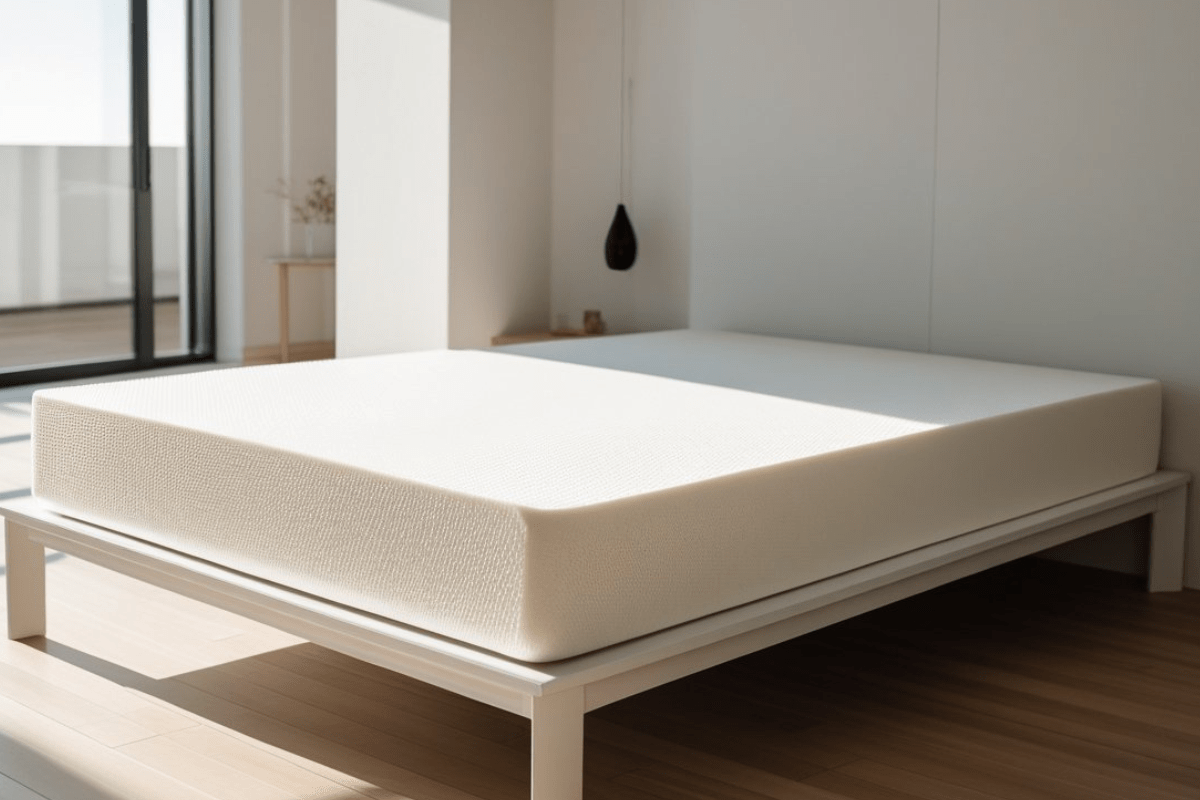
Who Should Try A Latex Mattress?
Latex mattresses suit those who like to toss and turn in bed, as the material reacts relatively quickly to motion without sacrificing shape. Couples like the reduced motion transfer that prevents wake-up disturbance. Hot sleepers enjoy natural ventilation that keeps the surface cooler than most foam alternatives.
Those who are eco-conscious prefer natural latex items, which are from renewable resources and don’t contain severe chemicals. Those experiencing back, shoulder, or hip pain find relief in the balanced support and pressure relief that is offered by latex. The mattress adapts to the body but has a firm, supportive sensation.
Latex keeps its shape over time, not sagging or imprinting as can happen with other mattresses. Its supportiveness, comfort, and heat dissipation make it a consideration for any sleep style. All in all, it is best for anybody seeking firm support and a cooler, more responsive sleeping surface.
Final Thoughts
Sleeping on a latex mattress yields the sensation of floating, support that cradles the body without being too low. The natural reaction allows for free movement and sustains a comfortable temperature throughout the night. Others say it gets it just right between soft and support in a way that’s utterly effortless.
Compared to memory foam, latex does not hold on too tightly or retain heat, and compared to traditional springs, it gives more consistent support throughout the surface. It adapts to different sleeping positions and provides pressure relief while still being firm. Tossing and turning are less likely to be experienced by users because it is highly responsive.
Latex is ideal for those who prefer a combination of bounce and contouring without giving up on support. Layering and firmness play an important role in how it feels, and subtle adjustments can make it feel just right for various sleepers. Overall, it feels natural and pleasant that will suit a wide range of tastes.

